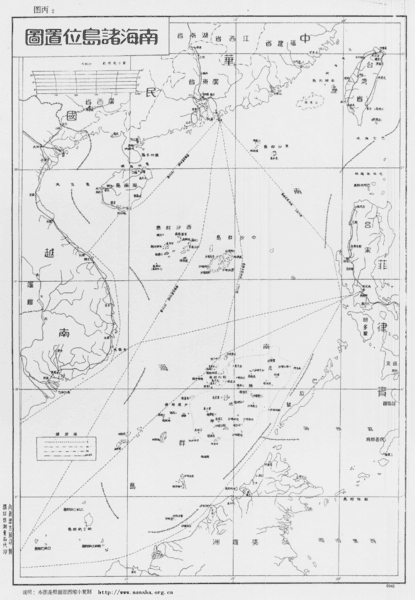Vietnam Accelerates Island Construction in South China Sea Amid Rising Tensions with China
Vietnam is constructing artificial islands rapidly in the South China Sea amid escalating tensions with the Chinese communist regime in the disputed waters, as reported by a U.S. think tank.
According to the Center for Strategic and International Studies’ Asia Maritime Transparency Initiative in Washington, D.C., Vietnam has created 692 new acres of islands through dredging and landfill since November 2023.
China has been constructing islands in the South China Sea since 2013, particularly in areas where Vietnam has also been building islands in recent years.
China claims sovereignty over more than 80 percent of the South China Sea, which covers 1.4 million square miles and contains significant oil and natural gas resources. However, countries like the Philippines, Brunei, Malaysia, Vietnam, and Indonesia also claim sovereignty over their exclusive economic zones in the South China Sea, leading to overlapping territorial claims.
In recent years, China has displayed increased aggression in the South China Sea towards Vietnam and other Southeast Asian countries. In 2019, both countries engaged in a standoff near an offshore oil block in disputed waters.
Aside from building artificial islands for military expansion, the ruling Chinese Communist Party (CCP) has been chasing away foreign fishing vessels and using water cannons to attack other nations following an increase in aggression in the South China Sea.
Furthermore, new Coast Guard regulations set to be enforced on June 15 allow the CCP’s Coast Guard to arrest individuals within its territorial waters and fire at foreign vessels. This announcement has left neighboring countries feeling uneasy.

“However, it is more confrontational towards Vietnam and the Philippines. Both countries hope that ASEAN will create a unified South China Sea agreement to counter the CCP and rely on external interventions, predominantly from the United States,” stated Mr. Ma.
9-Dash Line, 11-Dash Line, Vietnam
The PRC’s nine-dash line claim originated from the original 11-dash line drawn by the Republic of China (ROC) for the South China Sea territory. After World War II, Japan ceded the territories it occupied, including the Spratly and Paracel Islands, where China established garrisons alongside the ROC.

In 1948, the ROC government claimed the maritime resources within these lines. Following the Chinese regime’s takeover in 1949, it recognized this claim line.
During the Vietnam War in 1957, China signed a treaty with North Vietnam, giving away two dashes to grant Vietnam the Gulf of Tonkin and Bach Long Vi. Subsequently, in 1975, communist Vietnam took over South Vietnam and inherited Spratly Islands’ sovereignty claim.
PRC uses the nine-dash line to demarcate its maritime territory in the South China Sea, while the ROC retained the 11-dash line after retreating to Taiwan.
In recent times, the ROC government in Taiwan has reaffirmed its territorial sovereignty in the South China Sea while enhancing cooperation with other nations to ensure navigation freedom and foster collaboration.
Southeast Asia vs. CCP

Describing Vietnam’s stance, Mr. Ma stated, “Vietnam has maintained a policy of neutrality in international relations but has shown robust responses to challenging issues such as the Gulf of Tonkin, akin to the Philippines, seeking alliances with major powers like the U.S. and France.”
Chung Chih-tung, an assistant research fellow at Taiwan’s Institute for National Defense and Security Research, mentioned that the CCP has elevated the South China Sea sovereignty matter to a national security concern. He emphasized that this action has given rise to a united regional response against China’s aggressive behavior.
“The CCP’s actions have had a significant negative impact. By showcasing aggressive hegemony, China has rallied regional countries against it, confirming its threatening nature,” he added.
Song Tang and Yi Ru contributed to this report.





